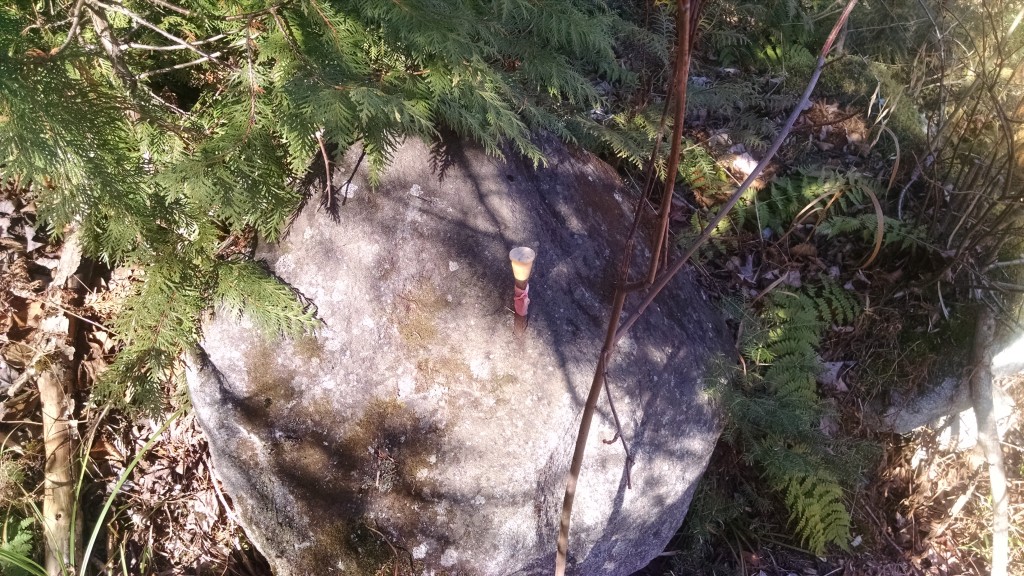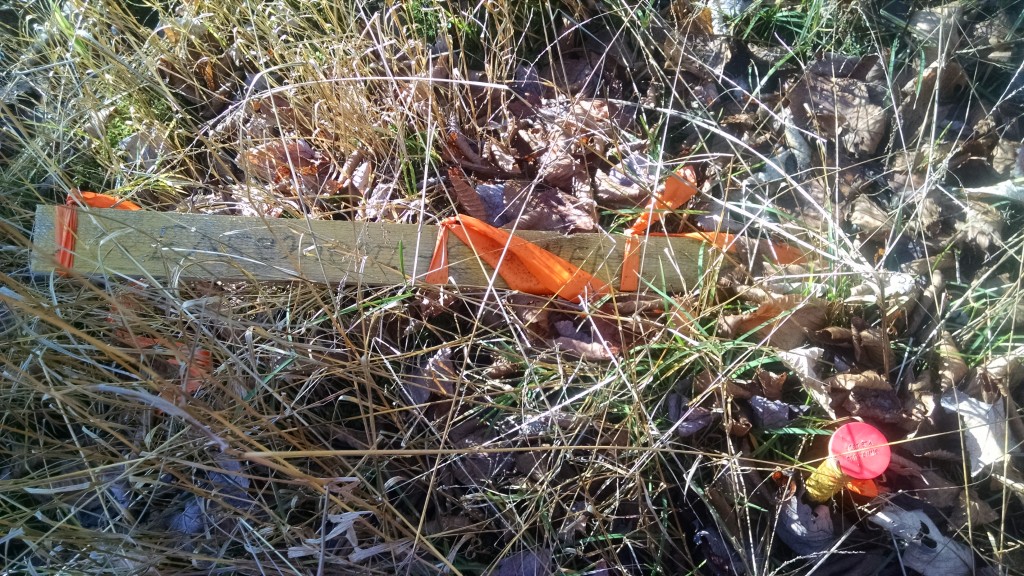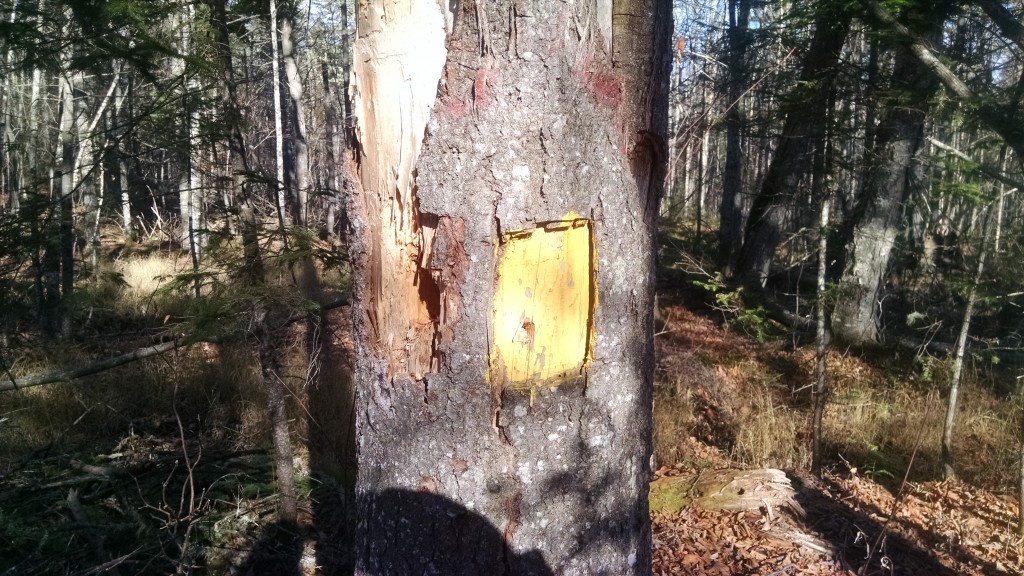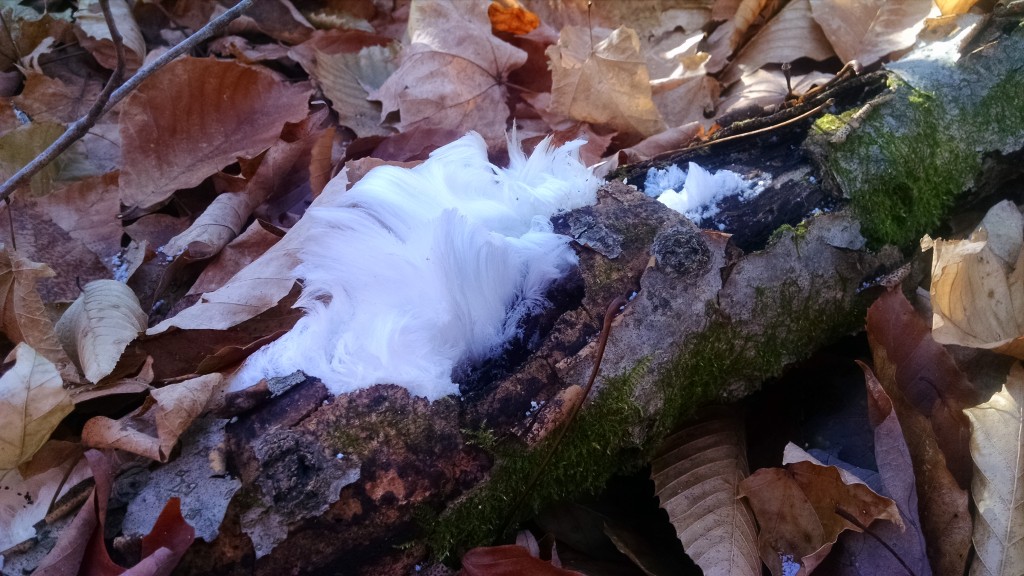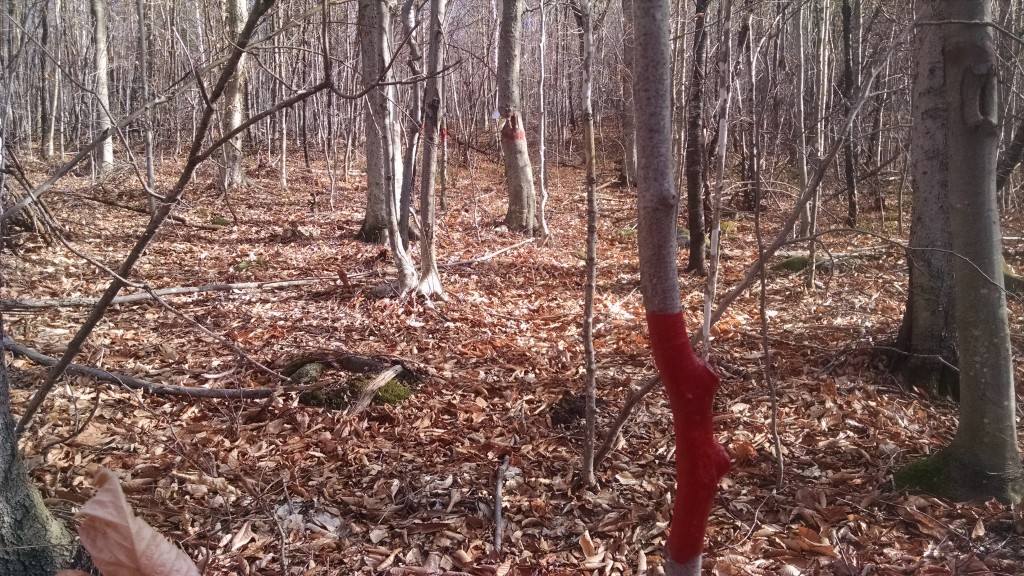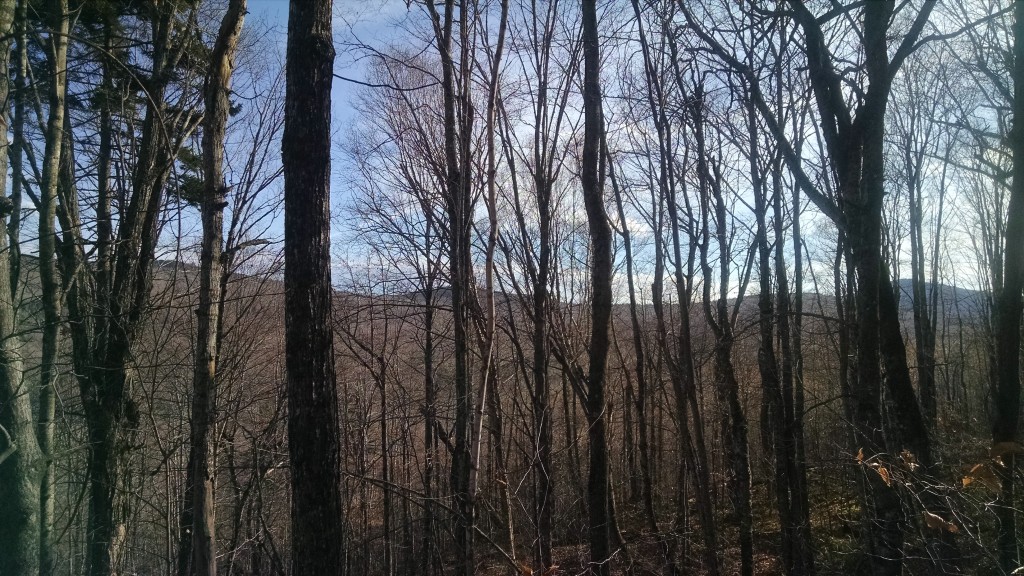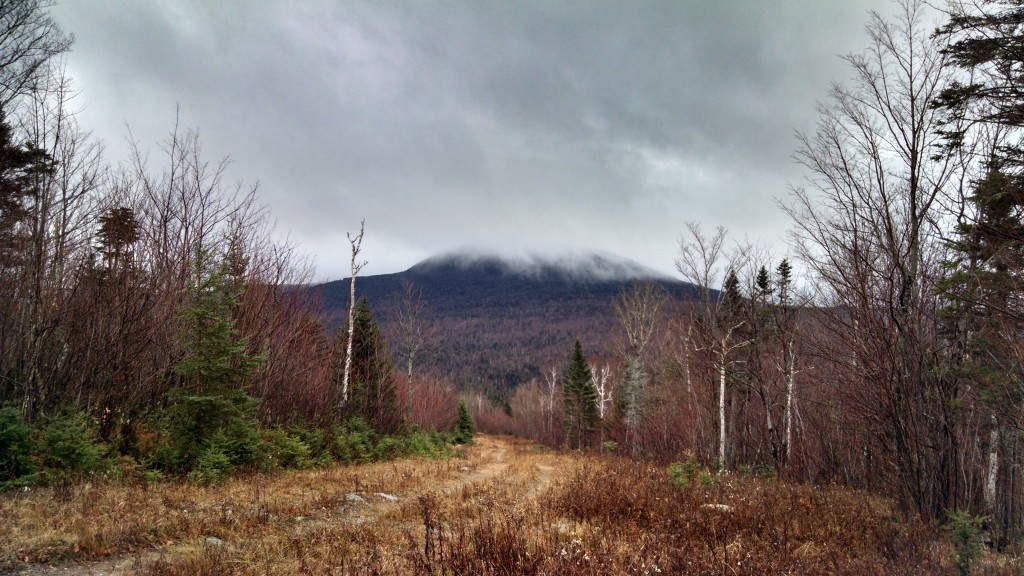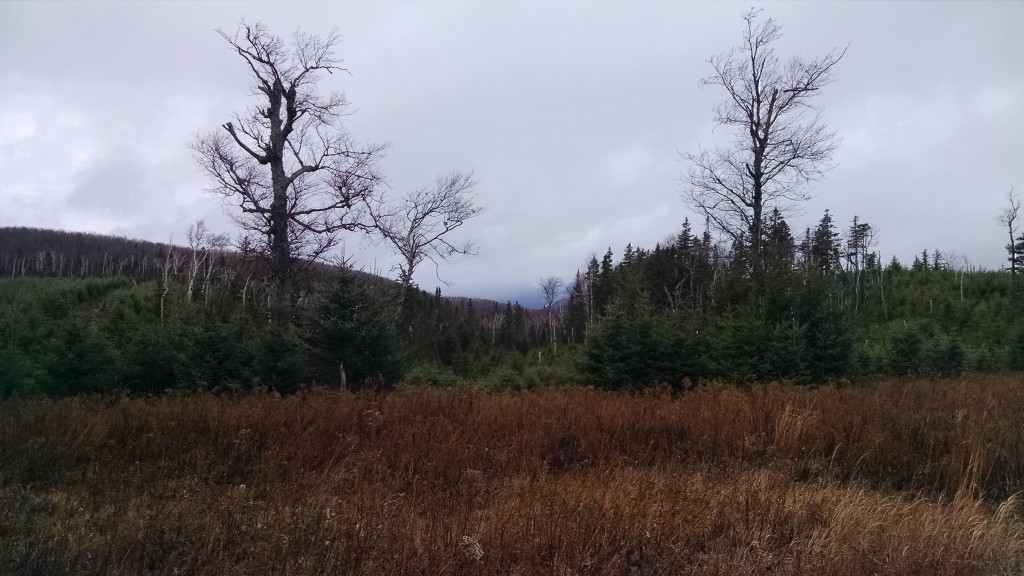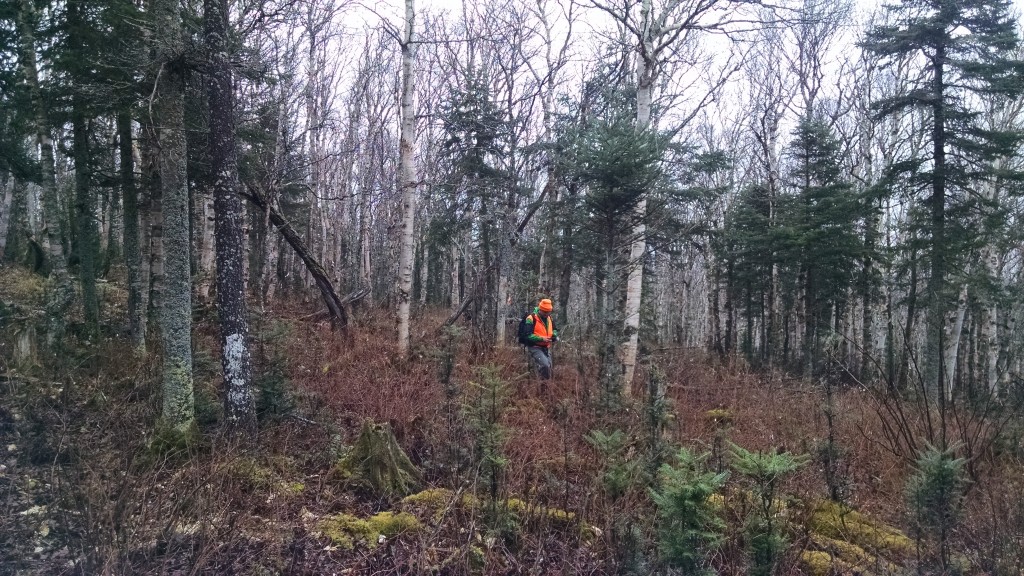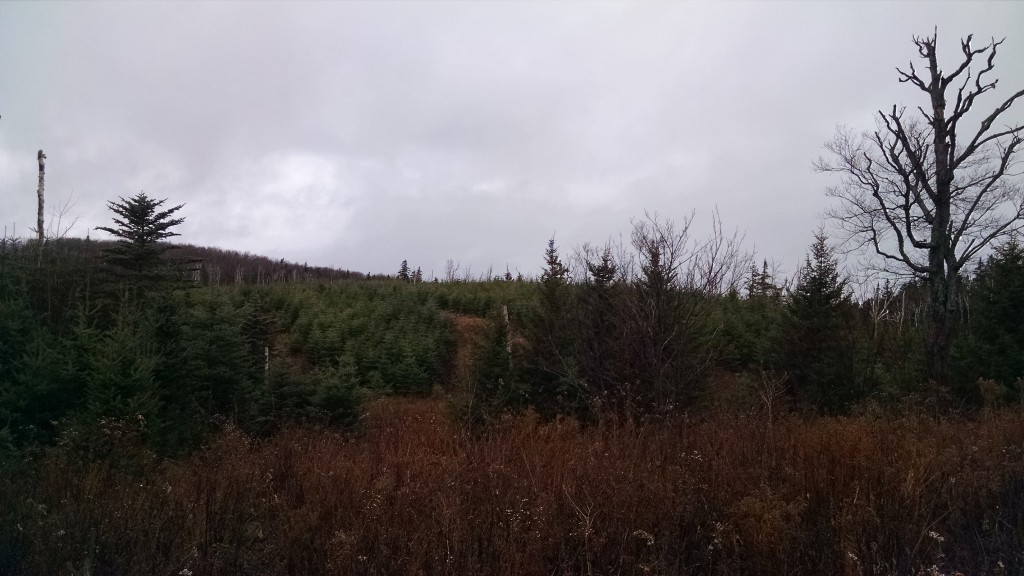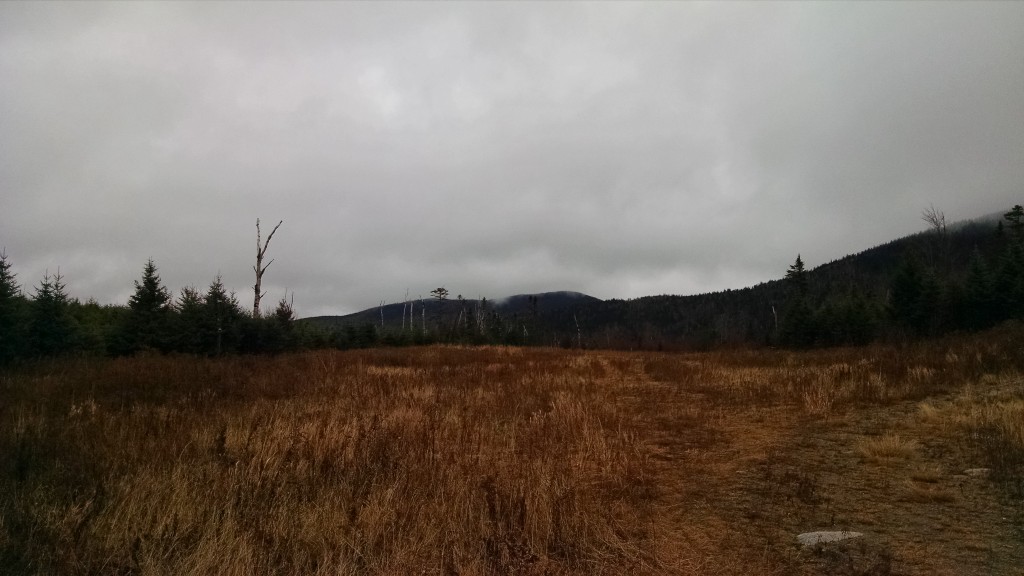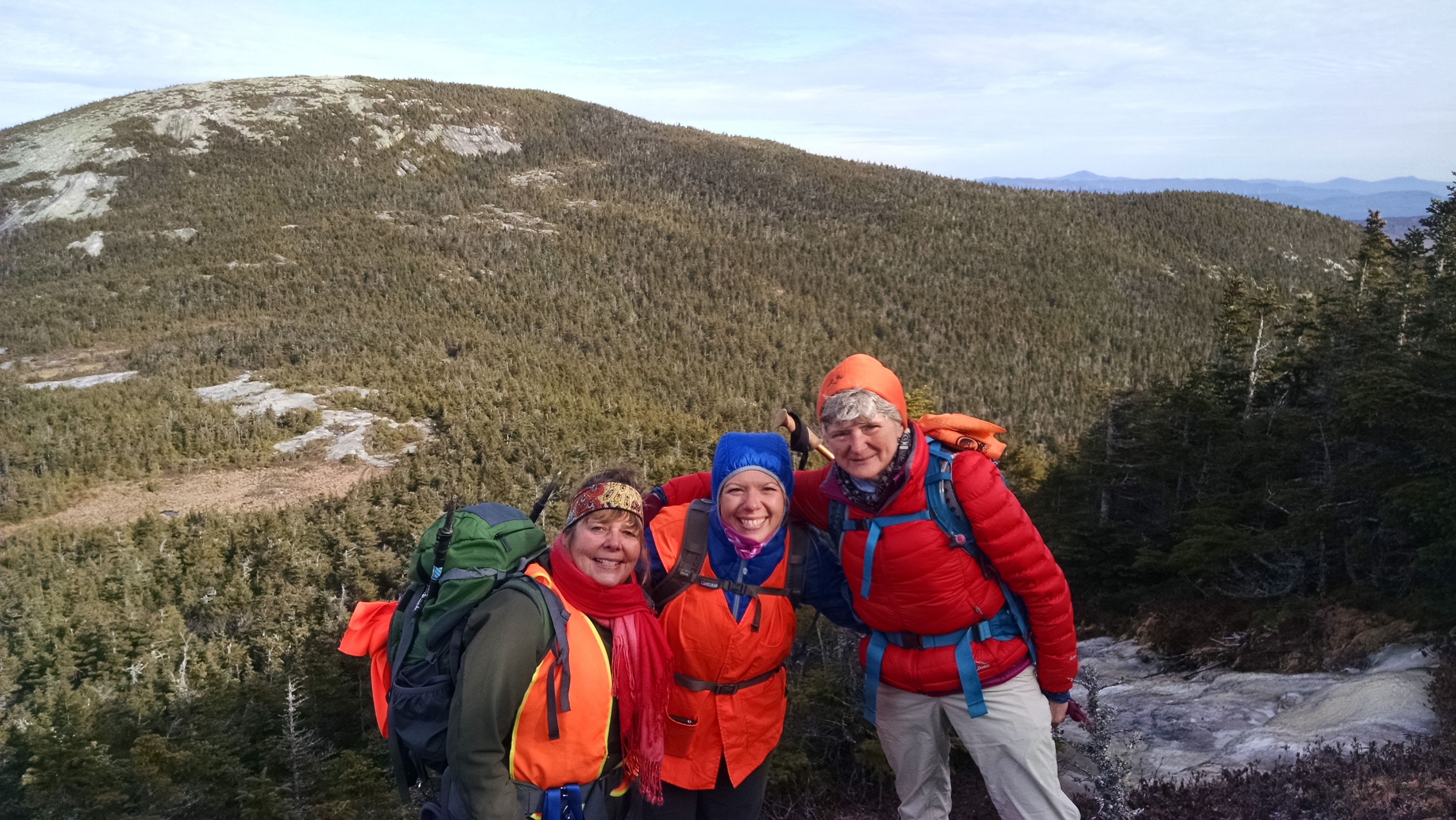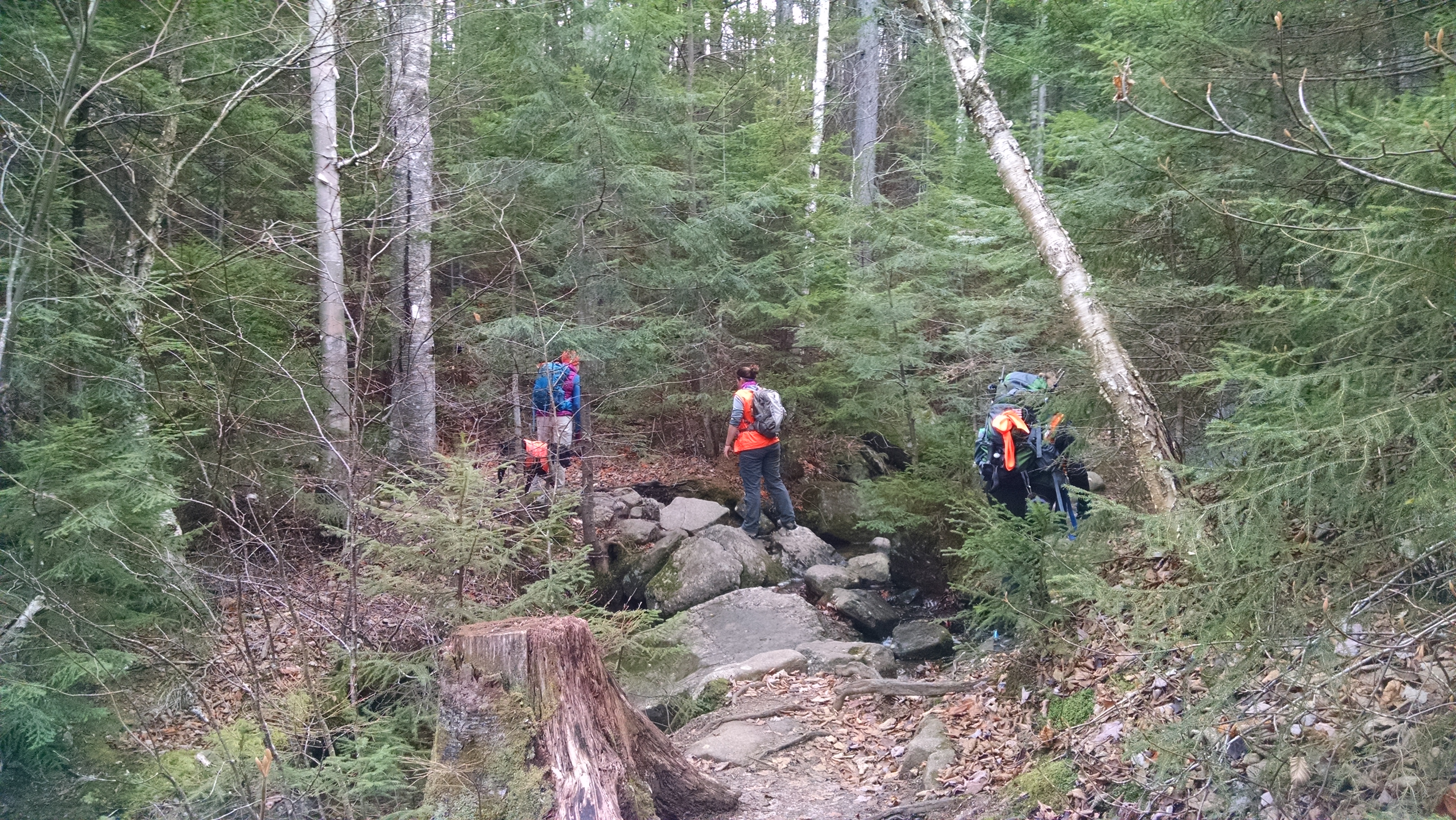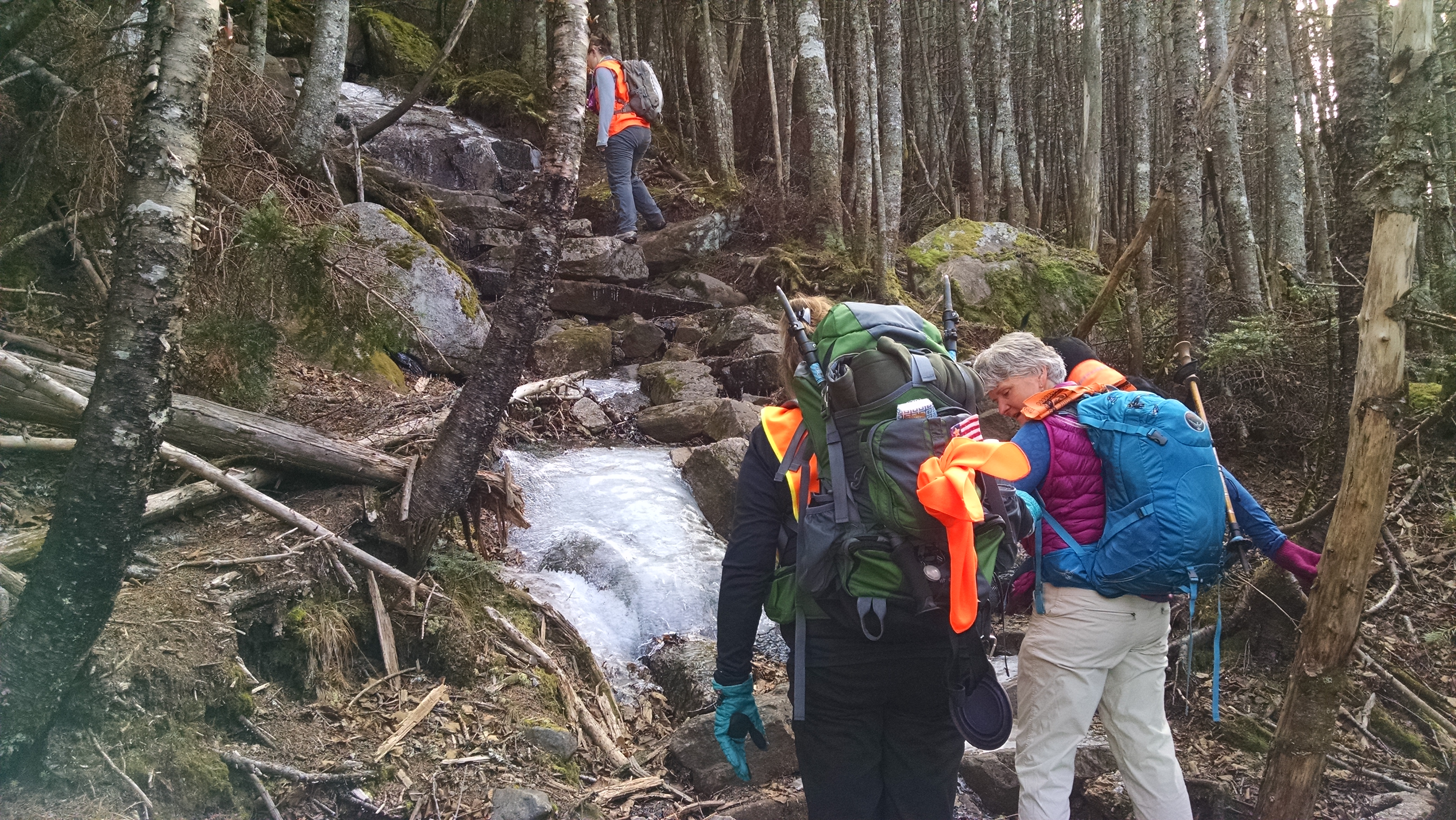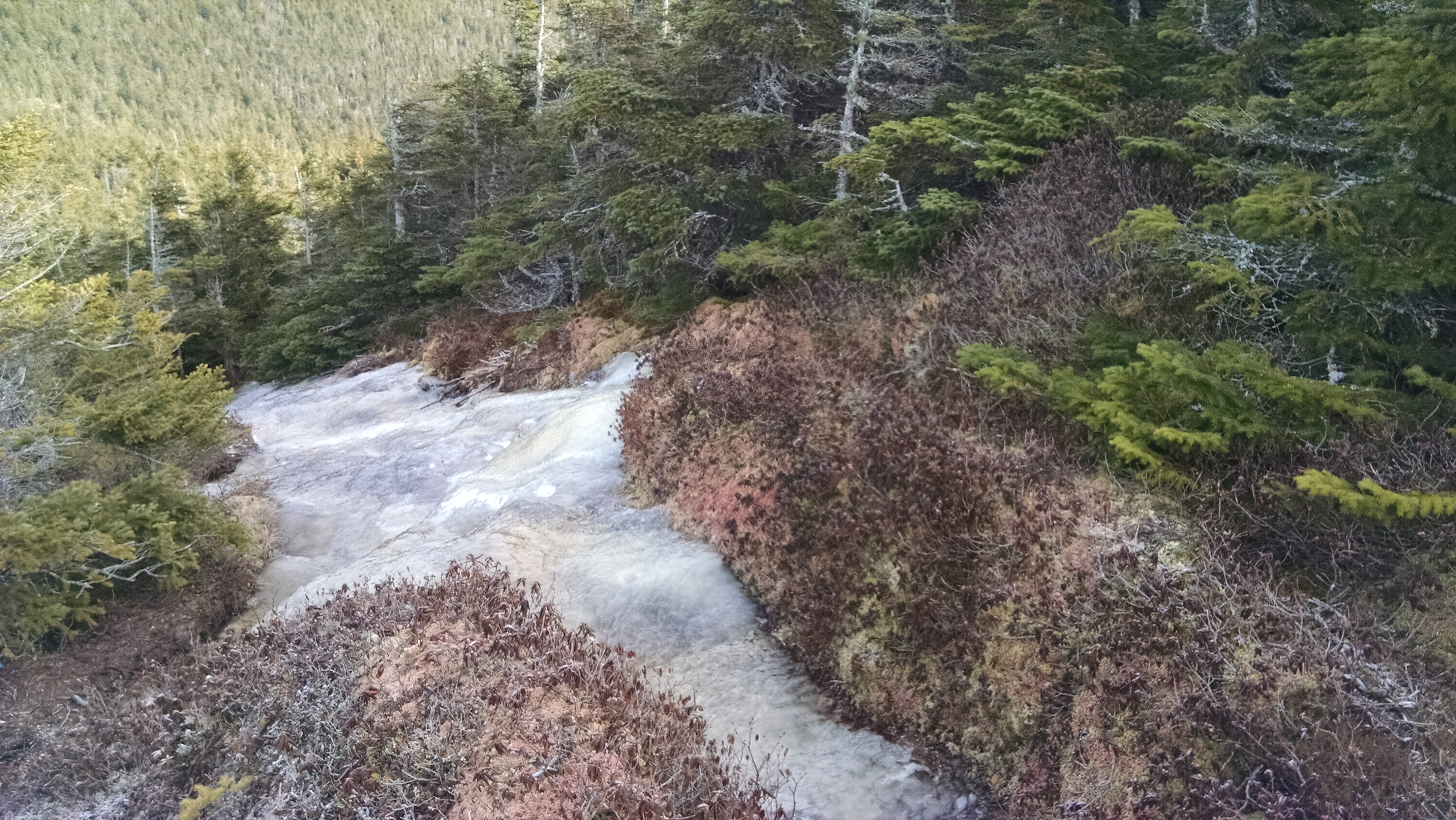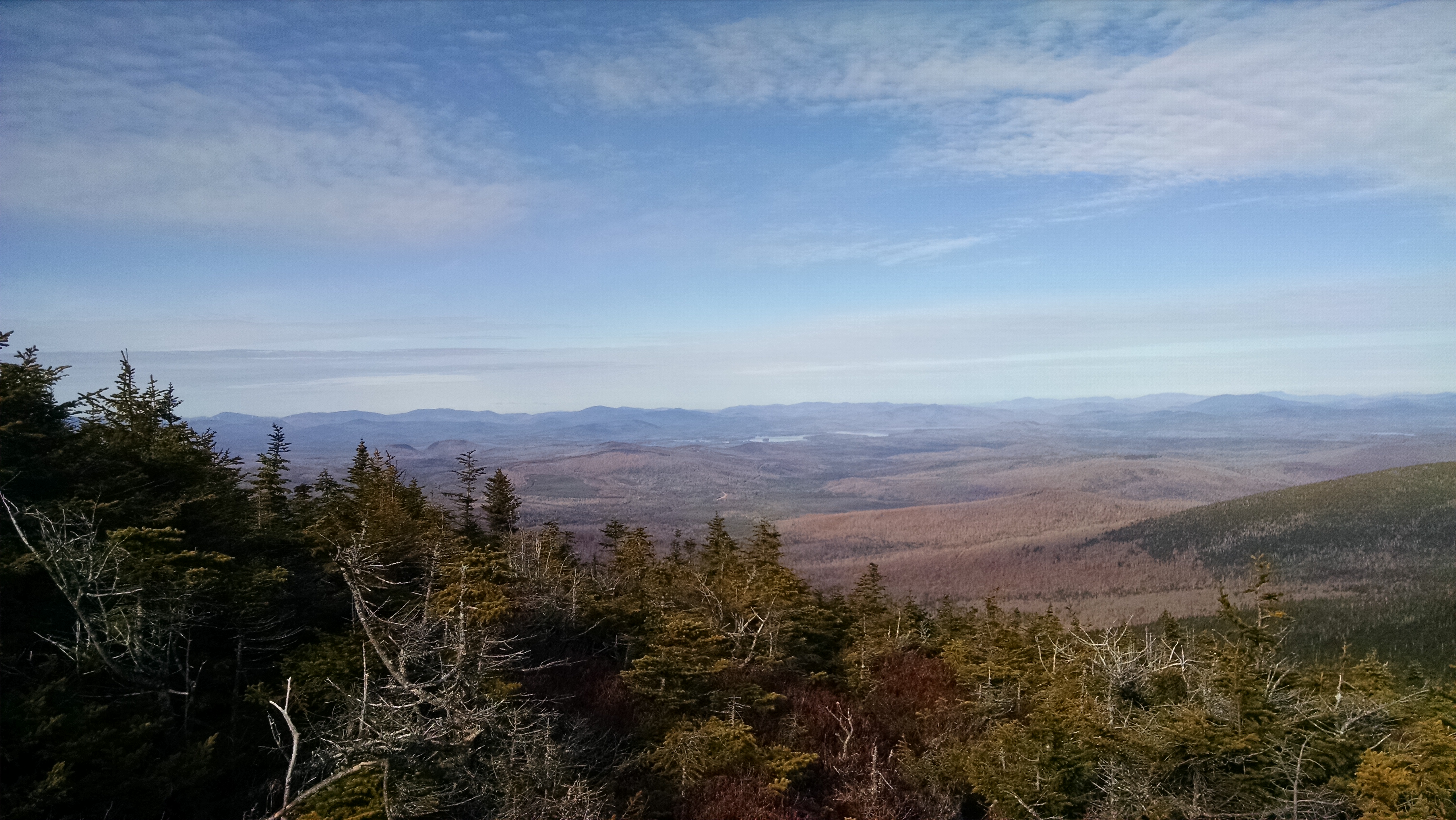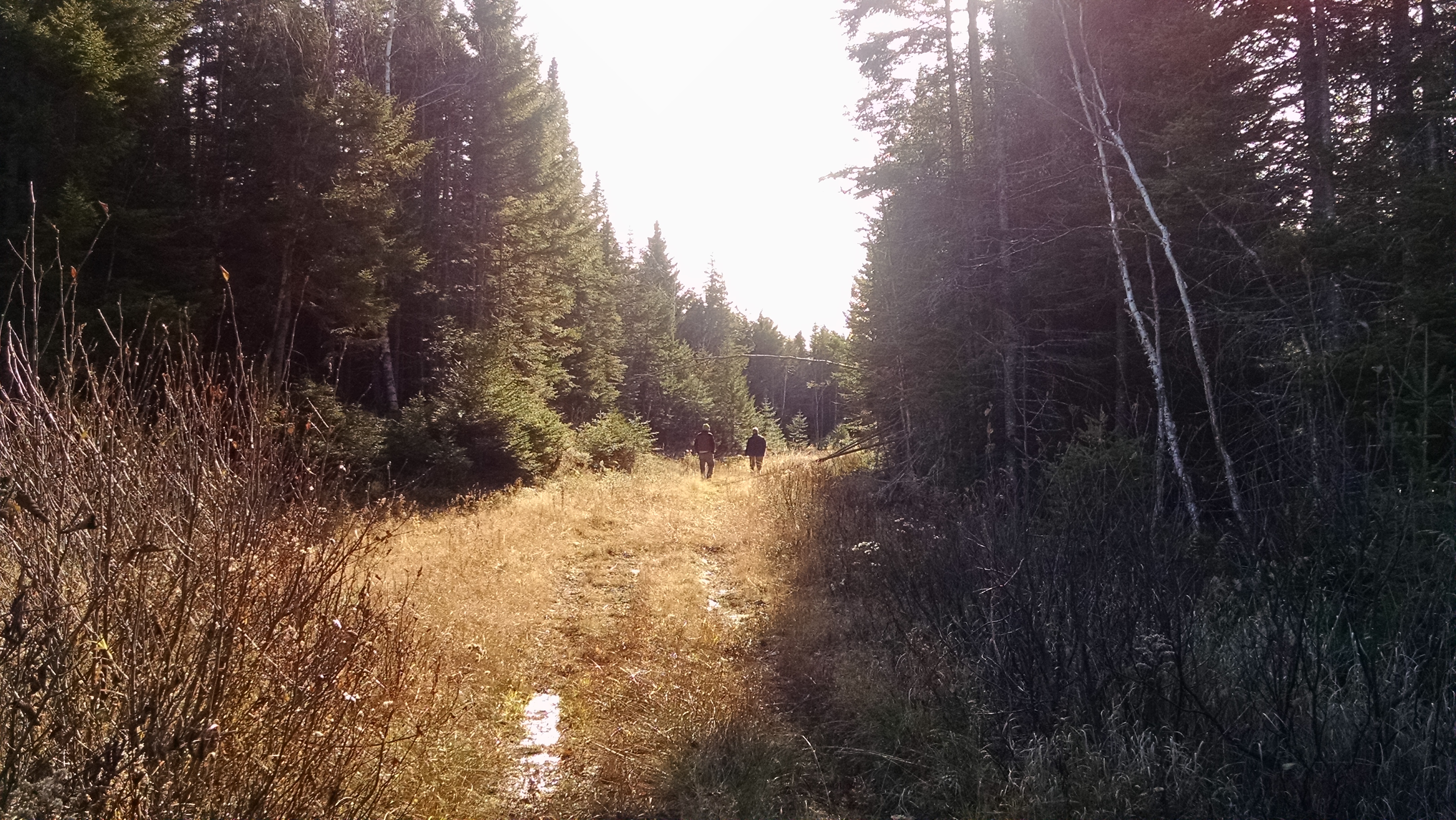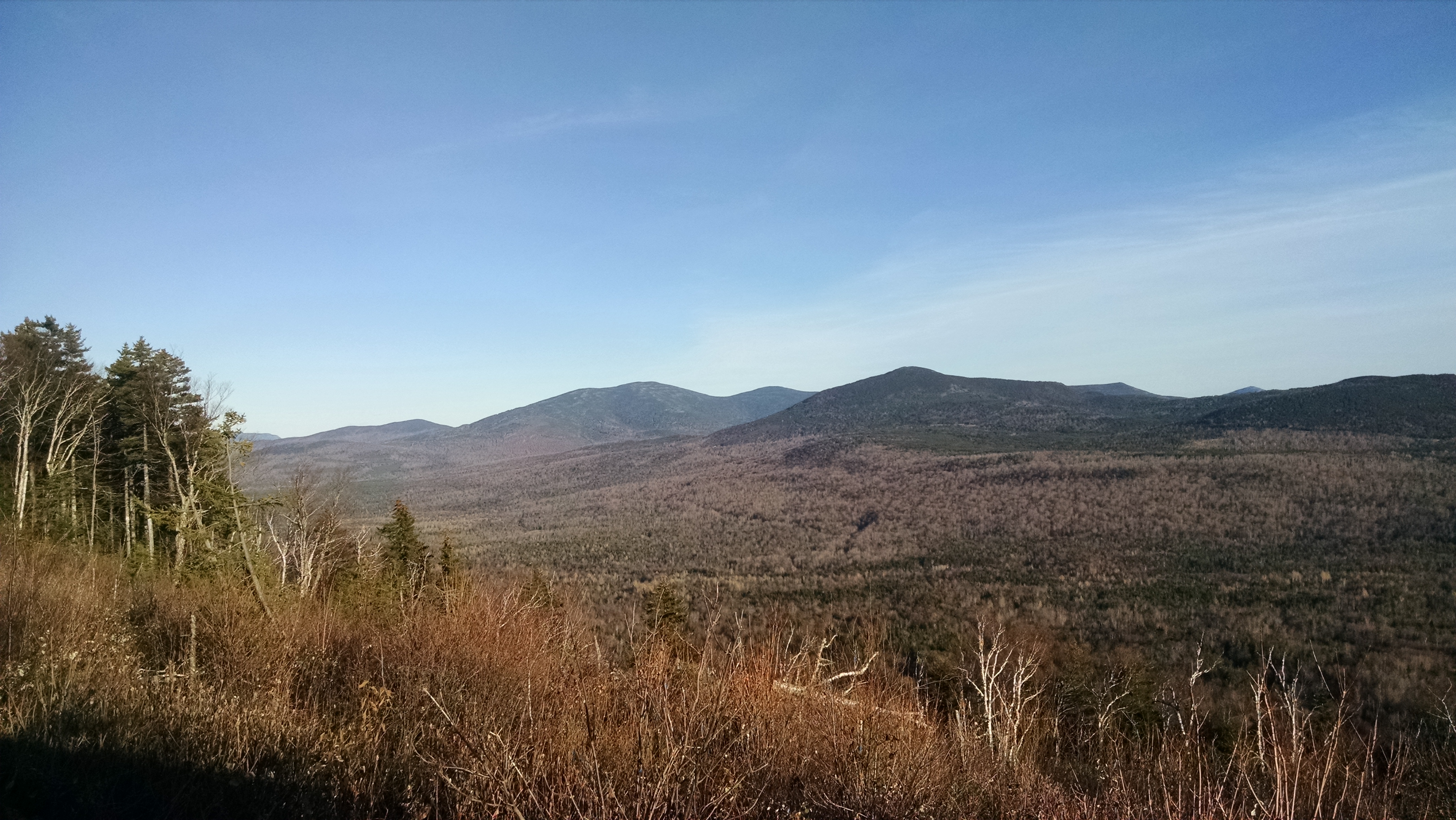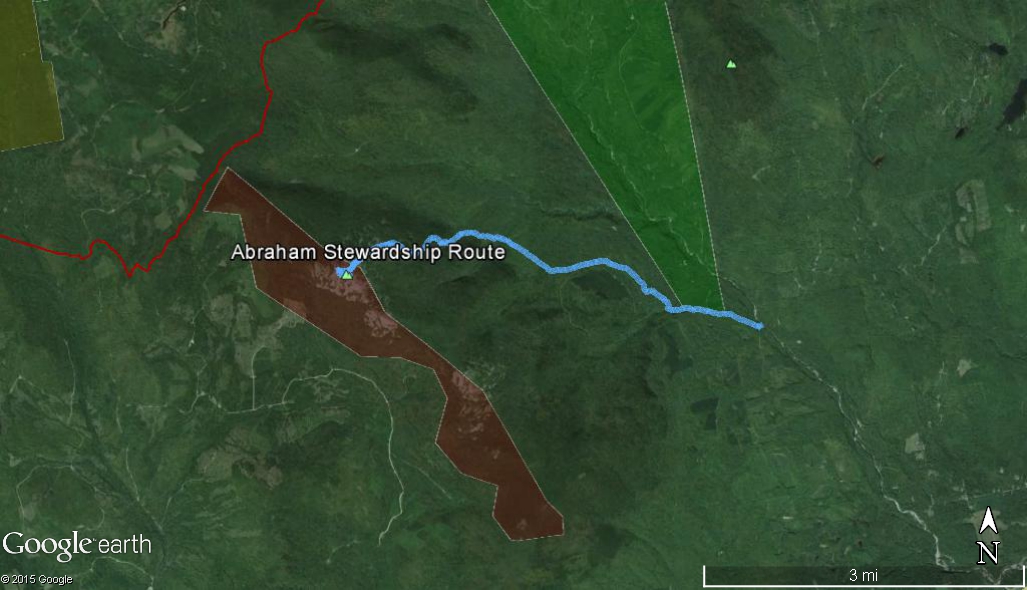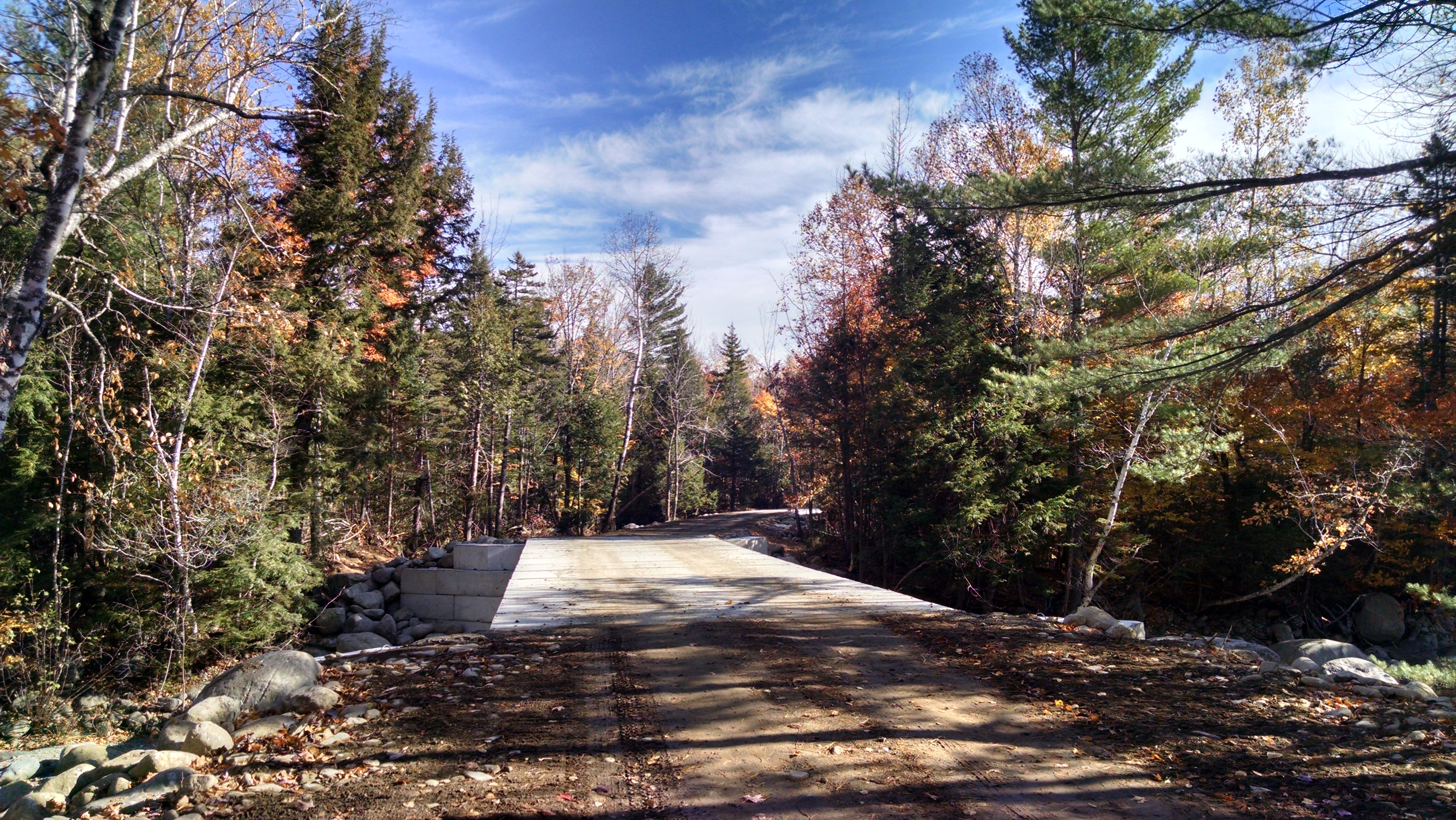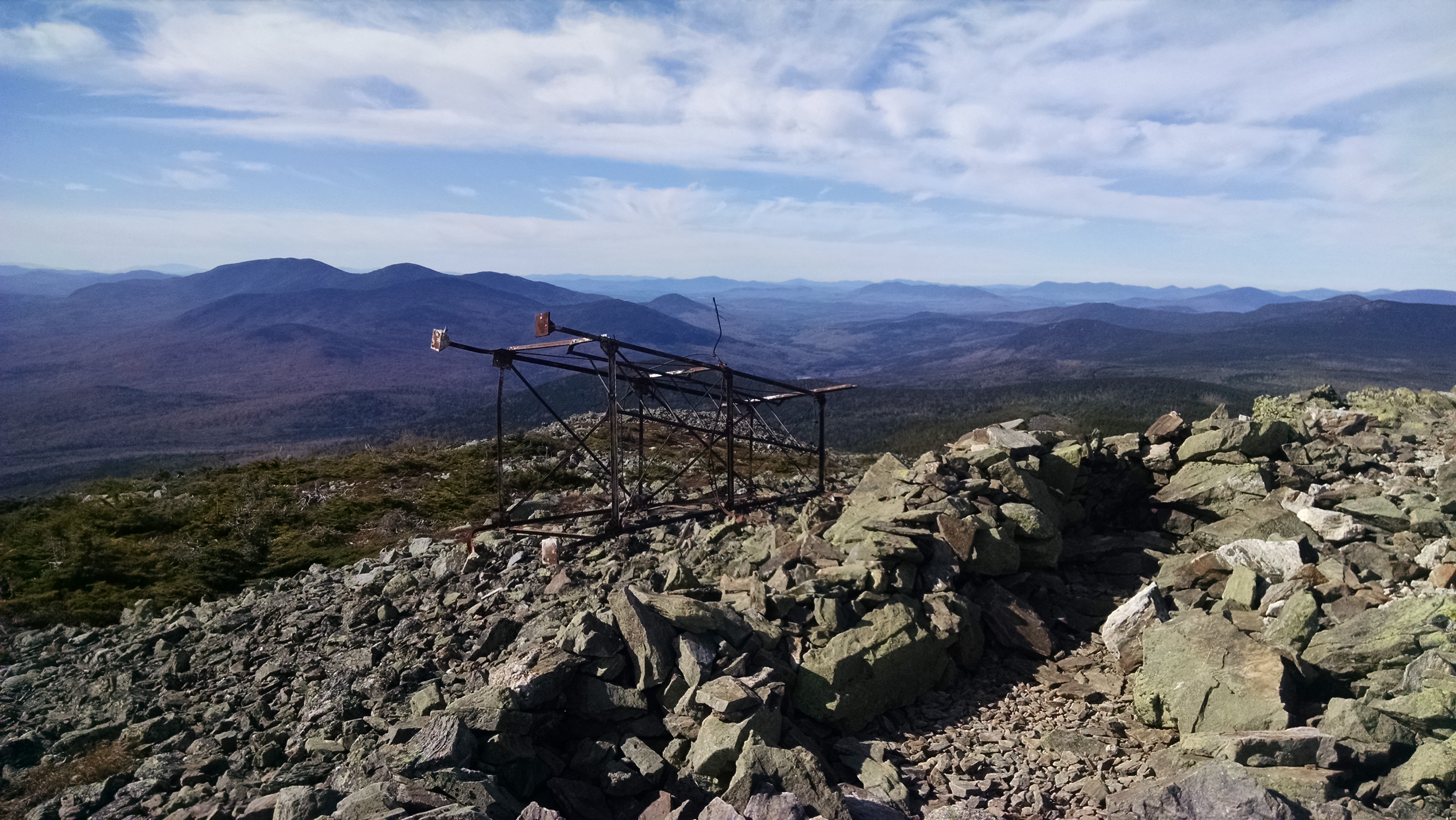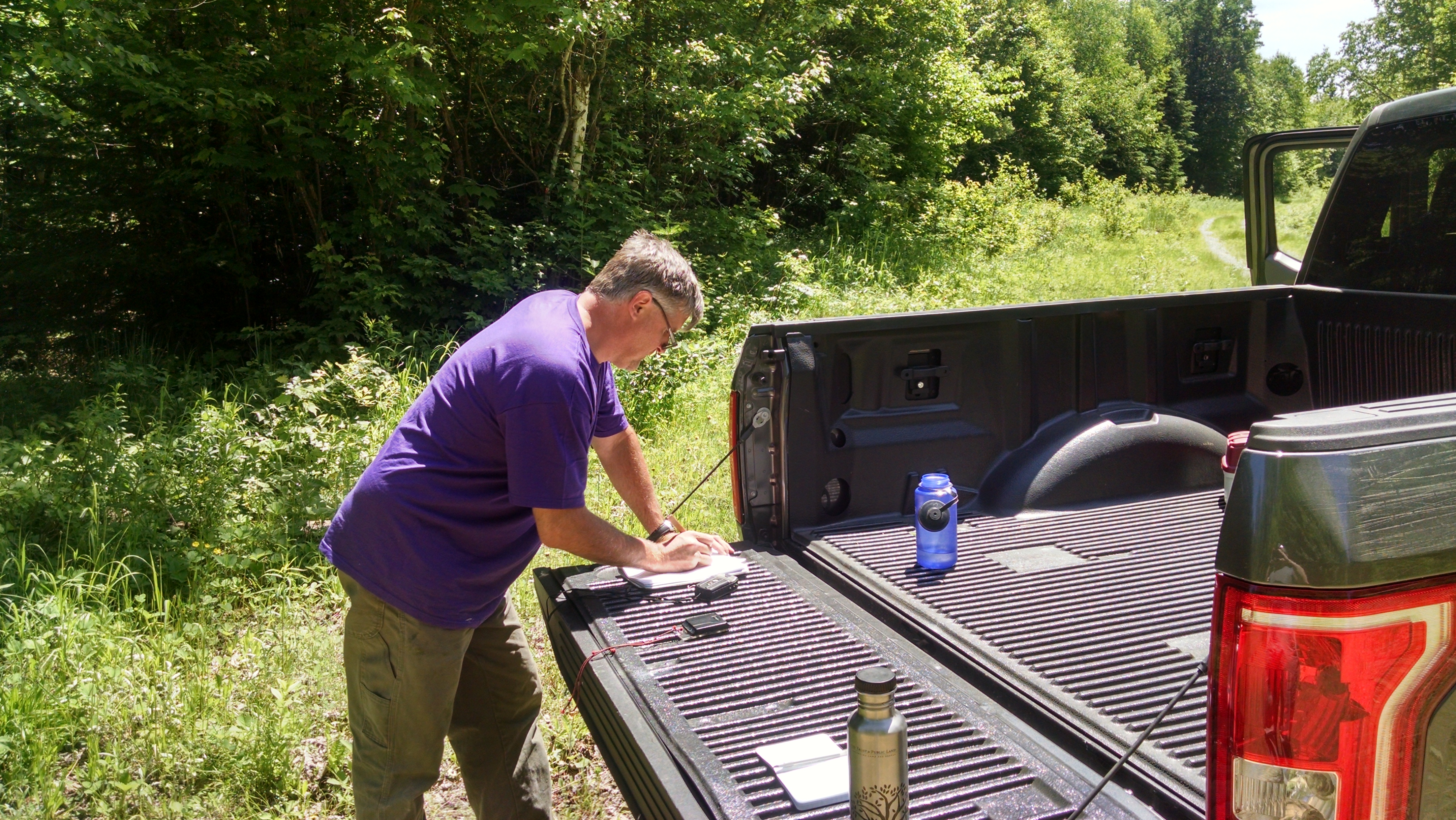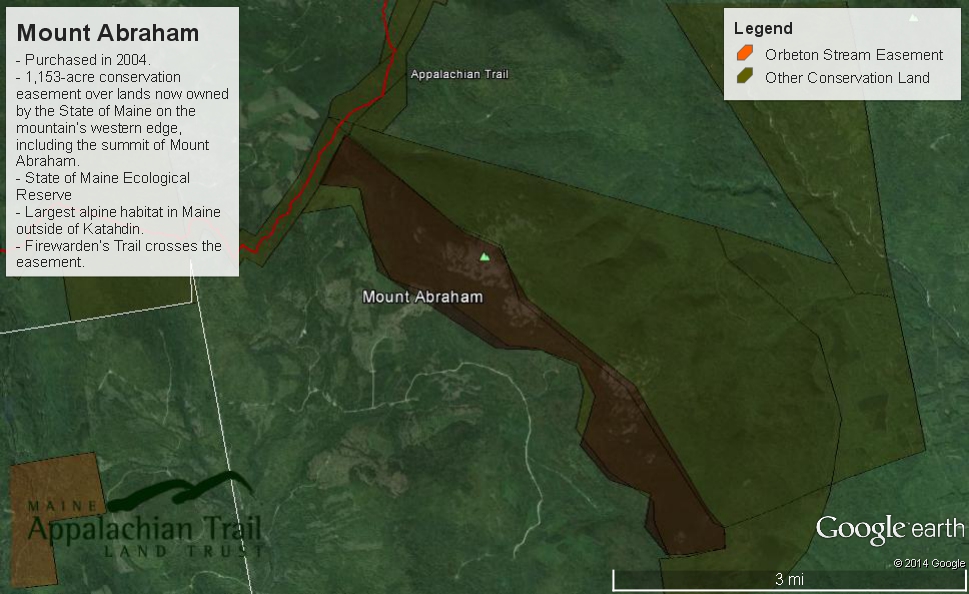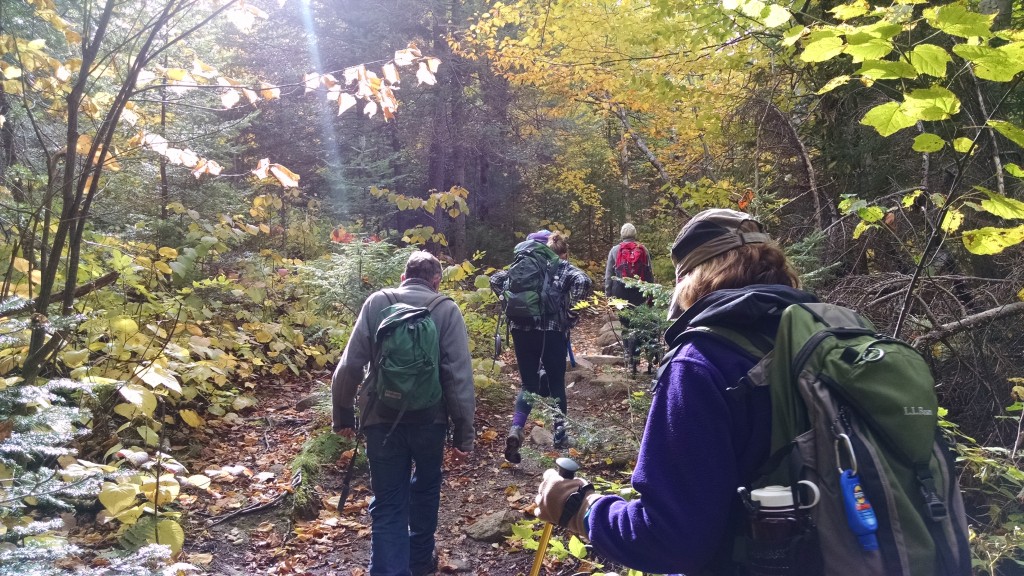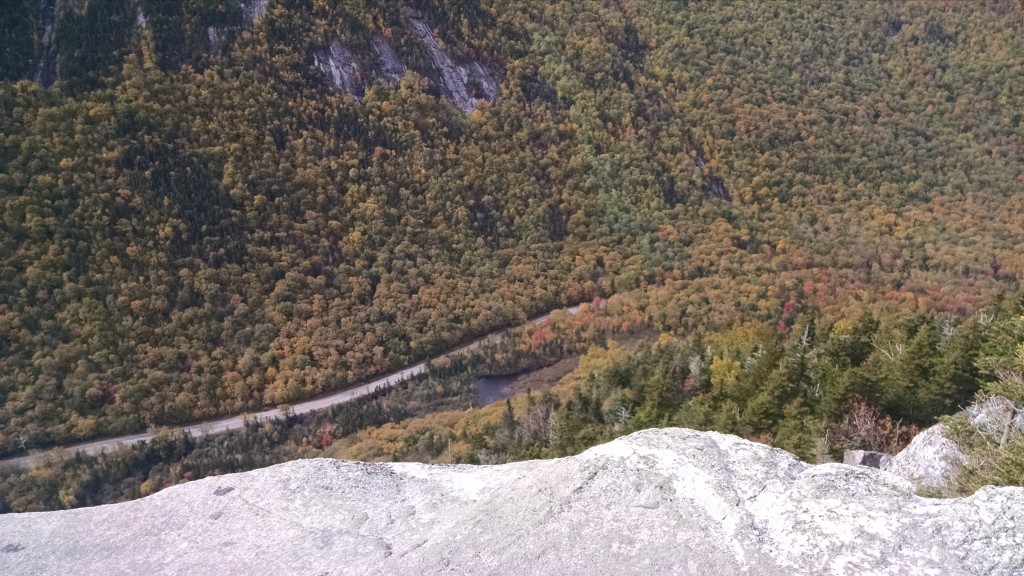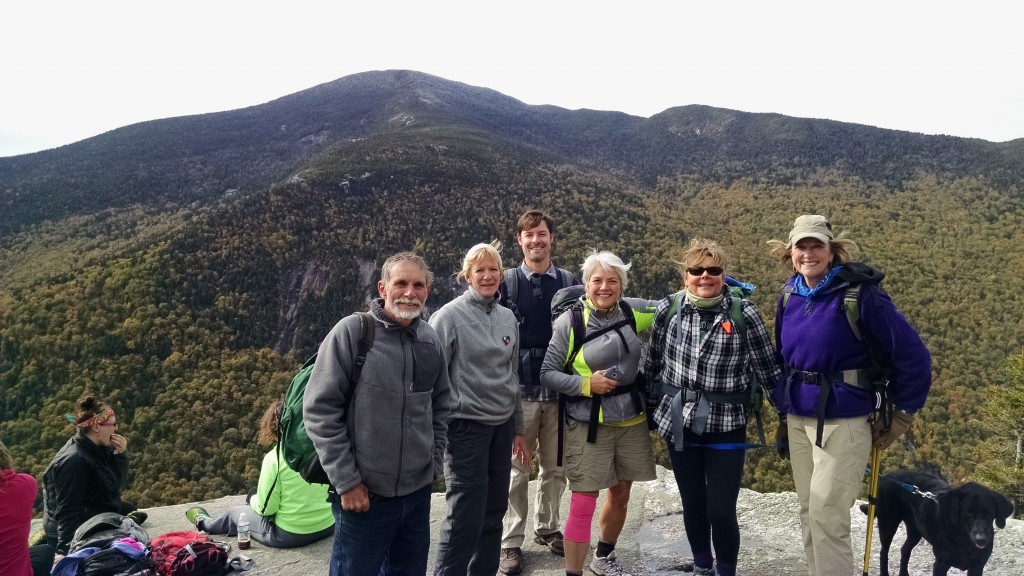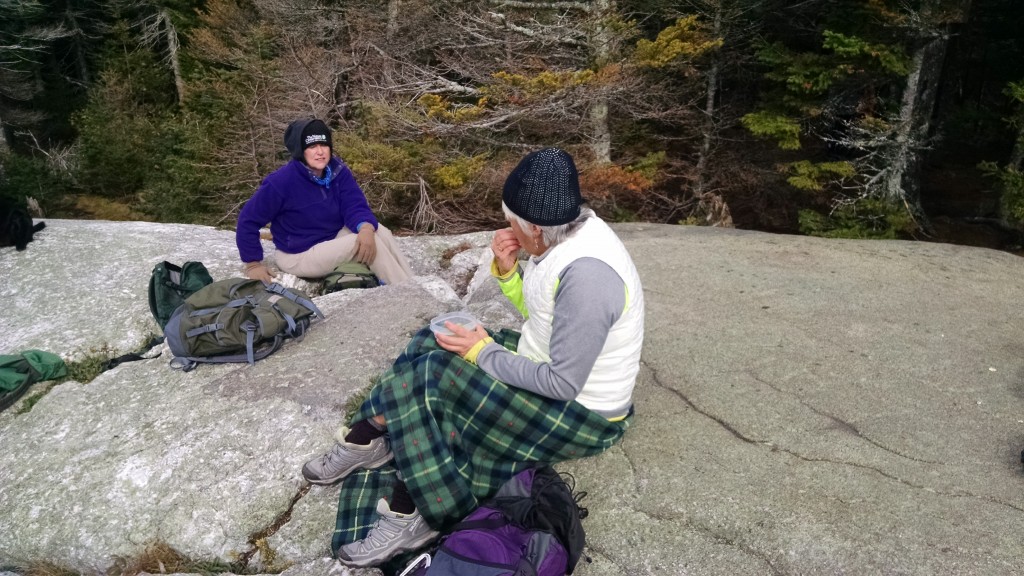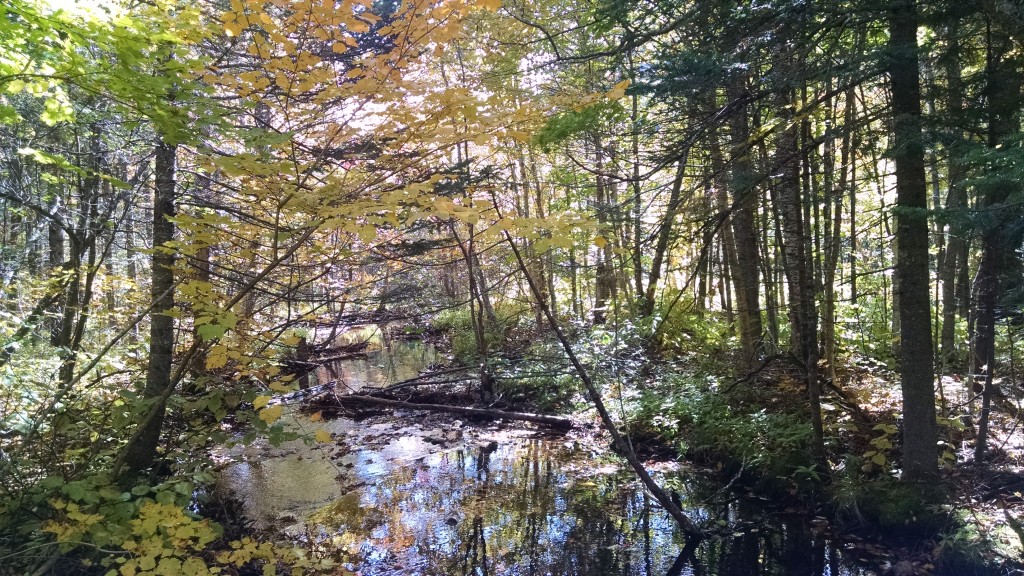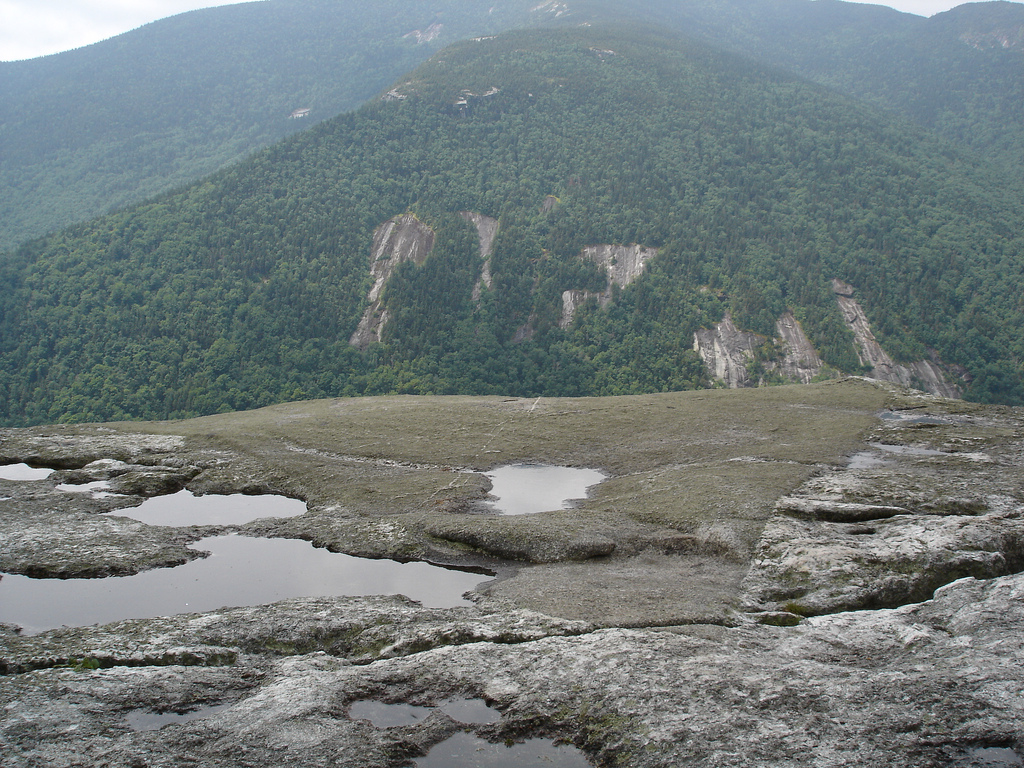The video above (courtesy of Nature Rx, which is dedicated to promoting the healing aspects of nature) relies on humor to get the message across – but that doesn’t mean there isn’t some important truth in that message. More and more research is showing what many people already assumed: that there are quantifiable benefits to nature and these benefits can be measured as accurately and as scientifically as the benefits of medication.
- Doctors are prescribing time outside.
- Nature can cause you to make sustainable choices.
- Nature resets your mind and body.
- Nature yields measurable mental benefits and may reduce risk of depression.
These are not theories based on hunches by people who already hike, bike, ski and spend time outside. They are researched-based analyses and they go hand in hand with a growing body of literature elucidating the idea that the external world has an influence on the mind of each of us.
As we head into 2016, The Maine Appalachian Trail Land Trust would like to encourage all of you to be well and get outside for a little bit of this healing power provided by nature. Obviously the Appalachian Trail can provide an enormous dose of nature, but every little bit helps. Find a park or open space to visit during the holidays. Walk around. Look at some birds and trees. Breathe. See what’s up in the sky. Nobody ever says “I wish I hadn’t gone for that walk in the woods today.”


